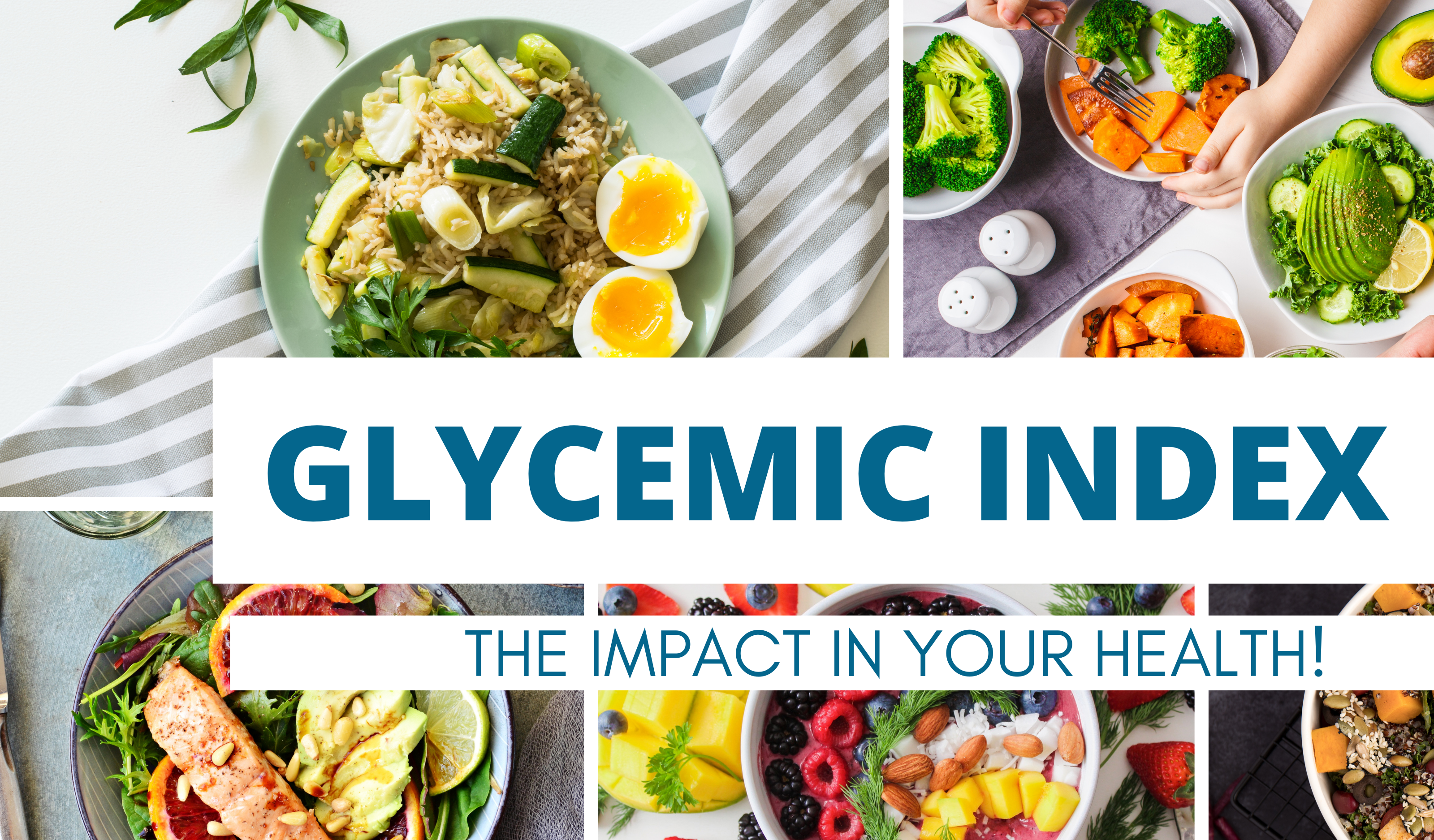Understanding the Glycemic Index and Its Impact on Your Health
The glycemic index (GI) is a crucial tool for anyone looking to manage their diet and overall health more effectively. Essentially, the GI measures how quickly foods containing carbohydrates raise blood glucose levels. Foods are ranked on a scale from 0 to 100, with higher values indicating a rapid increase in blood sugar. Low-GI foods (55 or lower) are digested and absorbed more slowly, leading to a gradual rise in blood sugar levels. High-GI foods (70 and above), on the other hand, cause a swift spike in blood glucose. Understanding this index can be particularly beneficial for individuals managing diabetes, weight control, or anyone aiming to maintain steady energy levels throughout the day.
For clients aiming to improve their dietary habits, incorporating low-GI foods can offer several health benefits. Low-GI foods, such as whole grains, legumes, fruits, and non-starchy vegetables, help in maintaining stable blood sugar levels. This stability can reduce the risk of insulin resistance, a precursor to type 2 diabetes. Moreover, low-GI foods often contain higher amounts of fiber, which aids in digestion and promotes a feeling of fullness, reducing the likelihood of overeating. Clients aiming for weight loss may find this particularly beneficial, as it helps in controlling appetite and reducing calorie intake without feeling deprived.
For athletes or individuals with high physical activity levels, understanding the GI of foods can also optimize performance and recovery. Consuming high-GI foods immediately after intense exercise can rapidly replenish glycogen stores in muscles, enhancing recovery. However, for sustained energy during long-duration activities, low-GI foods are preferable as they provide a slow and steady release of energy. Educating clients on the glycemic index empowers them to make informed food choices that align with their specific health goals, whether it’s managing a chronic condition, improving athletic performance, or maintaining a healthy weight.
Maintaining a diet that includes low glycemic index (GI) foods can help manage blood sugar levels and support overall health. The glycemic index measures how quickly a food raises blood sugar levels, with low GI foods releasing glucose more slowly and steadily.
Here’s a list of healthy low GI foods to consider adding to your diet:
Fruits
- Apples – A great source of fiber and vitamin C.
- Berries – Including strawberries, blueberries, and raspberries, these are packed with antioxidants.
- Cherries – They offer anti-inflammatory benefits and are sweet yet low in sugar.
- Pears – High in fiber and vitamins, pears are a tasty, low GI choice.
Vegetables
- Broccoli – Rich in vitamins K and C, and a good source of fiber.
- Spinach – Loaded with iron, calcium, and antioxidants.
- Carrots – While sweet, they have a low GI and are great for eye health.
- Tomatoes – Low in calories and a good source of vitamins A and C.
Grains and Legumes
- Quinoa – A complete protein with all nine essential amino acids.
- Brown Rice – Offers more fiber and nutrients compared to white rice.
- Lentils – High in protein and fiber, great for maintaining steady energy levels.
- Chickpeas – Versatile and rich in protein, making them a staple in many diets.
Dairy and Alternatives
- Greek Yogurt – High in protein and probiotics, it’s a healthy choice for digestion.
- Almond Milk – A low-calorie, dairy-free alternative with a low glycemic impact.
- Cottage Cheese – Packed with protein and relatively low in carbohydrates.
Nuts and Seeds
- Almonds – A good source of healthy fats, fiber, and protein.
- Chia Seeds – Rich in omega-3 fatty acids, fiber, and protein.
- Walnuts – Known for their heart-healthy omega-3 fatty acids.
Protein Sources
- Chicken Breast – Lean and high in protein, it helps maintain muscle mass.
- Tofu – A versatile plant-based protein that fits well in many dishes.
- Fish – Such as salmon and mackerel, which are rich in omega-3 fatty acids.
Incorporating these low glycemic index foods into your diet can help in maintaining stable blood sugar levels, managing weight, and improving overall health. They provide essential nutrients and can be delicious when prepared creatively. Enjoy experimenting with these foods to create tasty, nutritious meals!
If you want to learn how to improve your fitness and nutrition goals contact Mariela at 832-993-1155 or schedule a fitness assessment. Follow our Facebook for daily information or Visit our You Tube Channel to see a list of stretches and workouts.





0 Comments